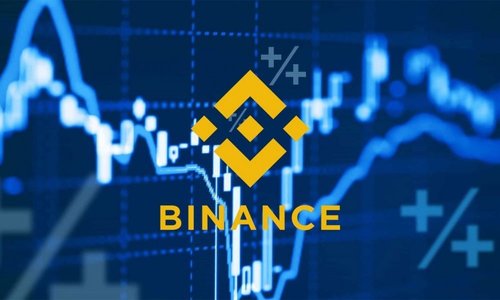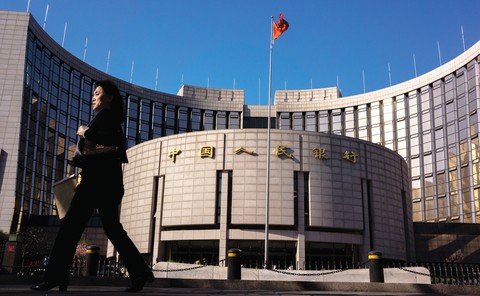
In Binance’s latest blog Binance Blog Post summarizing February’s achievements, Binance stated that it has started its accelerated BNB token burn exercise.
For those new to crypto, a token burn simply refers to removing a token from circulation or simply “destroying” it. A token burn technically should yield an increase in token price since supply is reduced and assuming demand is constant.
At the previous burn rate, it would take around 27 years to burn through 100 million BNB tokens. Acting on its January 2021 announcement, Binance has already begun the accelerated burn process. According to CZ, CEO and founder of Binance, the latter process would now take only five to eight years in order to complete the entire burn of 100 million BNB tokens.
With the supply reduced, what about demand? It seems that demand for BNB has not only remained constant but in fact has skyrocketed due to the following key factors:
- Introduction of Binance Pay
Binance users can now pay each other easily via the Binance App. There is no transaction fee and payment settlement is near instantaneous since senders and recipients work on internal wallet addresses. The introduction of Binance Pay puts Binance on path to be a global leader in fintech and would increase the stickiness, hence Lifetime Value, of Binance users.
- Binance Smart Chain (BSC) transactions are hitting ATHs
BSC transactions are hitting consistently above the 2 million mark daily. This exceeds Ethereum daily transaction count. The huge rise is due to successful BSC project like PancakeSwap, a leading DEX.
The longer-term vision for BNB is for it to become the native token on multiple application-specific blockchains. BNB was never intended to replace Bitcoin or Ethereum. To become a true mass-adopted application, BNB must be able to facilitate billions of transactions per day. In its current form(s), we still have a long way to go. We are working on it,”
– Binance CEO CZ, on BNB’s momentum in the blockchain space.
From a “small time” fee reduction token, BNB has grown in its utility and purpose. The demand should skyrocket as more and more blockchain developers seek alternative blockchains to develop their platform on.


